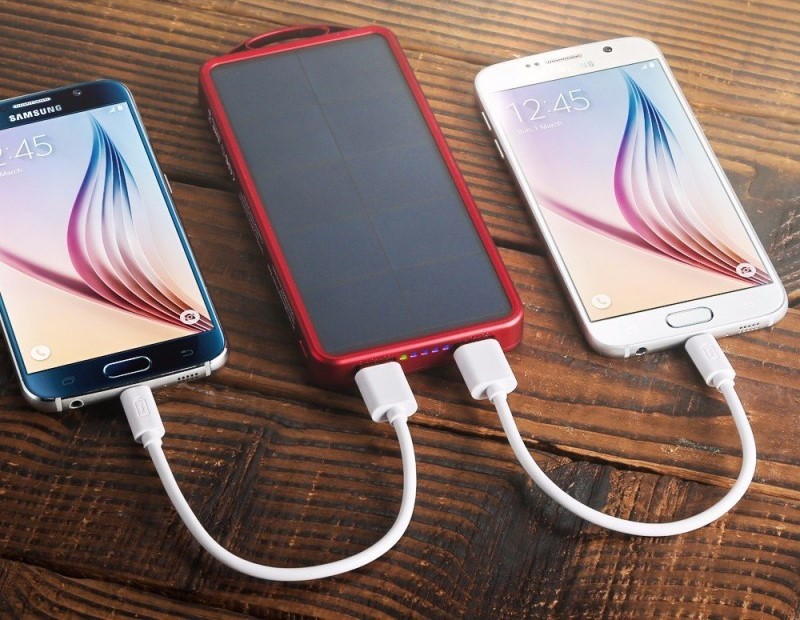
Your phone’s battery is arguably the most important piece of hardware on the device, seeing as nothing can happen without it. However, these lithium-ion technological marvels remain mysterious to many smartphone users. For the general population, handsets and tablets might as well run on magic crystals for how well the inner workings of batteries are understood.
While it’s not necessary to have comprehensive knowledge of the chemistry that goes into making portable power possible, it’s at least useful to understand basic terminology, like mAh, to make a well-informed purchase.

What is a mAh? And why is the middle letter capitalized?
Yeah, the spelling of mAh does look a little weird, so why is it this way? The A is capitalized because, under the International System of Units, “ampere” is always represented with a capital A. The term mAh is an abbreviation for “milliampere hour,” and it’s a way to express the electrical capacity of smaller batteries. With larger batteries, like car batteries, we usually use ampere hours, or Ah. There are 1000 mAh in a single Ah.mAh is calculated by multiplying the amount of time the battery lasts by the amperes of the discharge current. That may sound complicated, but it’s really not. If you have a battery and you don’t know what it’s capacity it is, all you have to do is hook it up to supply a 1000 mA discharge and see how long it lasts. If it lasts an hour, hey, you’ve got a 1000mAh battery. If it lasts 7 and a half hours, well then you’re holding a 7500mAh battery.
We are at least seeing incremental advances in battery tech. Researchers are looking for different materials to use to replace lithium-ion entirely, and other innovations are making old battery technology more compact in unexpected ways.
For instance, one new bit of creative tech introduces a Li-imide electrolyte that prevents the generation of hydrofluoric acid. Not only does this make the battery last longer and produce less heat, but it also makes the battery swell less.
Oh yeah, batteries swell over the course of their lifetime, which means that smartphone manufacturers have to create cavities inside their devices to allow for this expansion. As mentioned earlier, space is at a premium, so if you can make a battery that swells less, those are precious millimeters you can devote to increased battery capacity.
So I guess the answer here is, no, things won’t get better. At least not anytime soon, barring a massive breakthrough. If you’re a heavy smartphone user, it might be worth it to spring for a bulkier device with a higher mAh capacity than to pounce on the latest, razor-thin flagship.

No comments:
Post a Comment